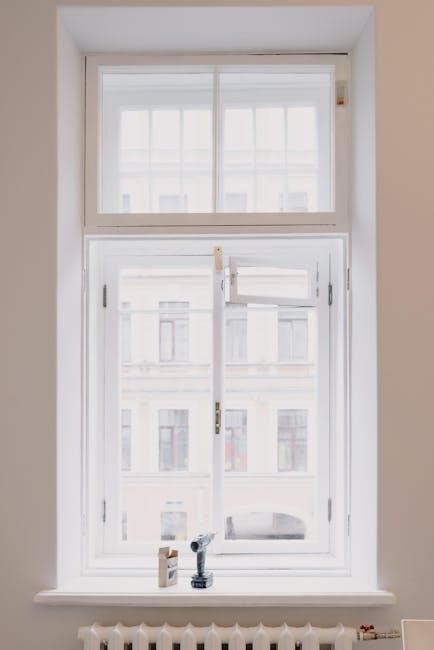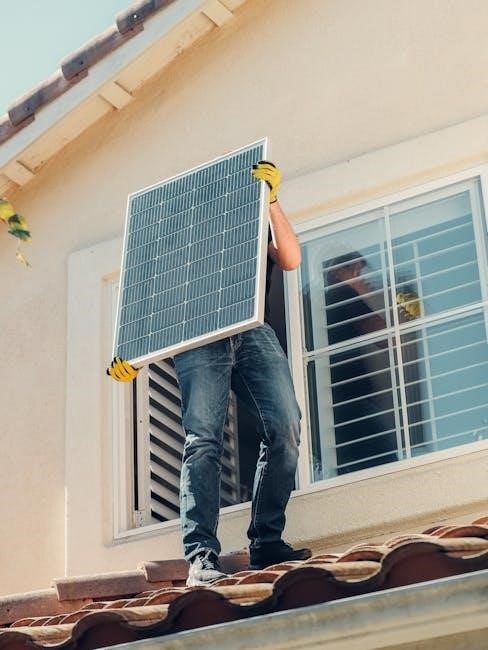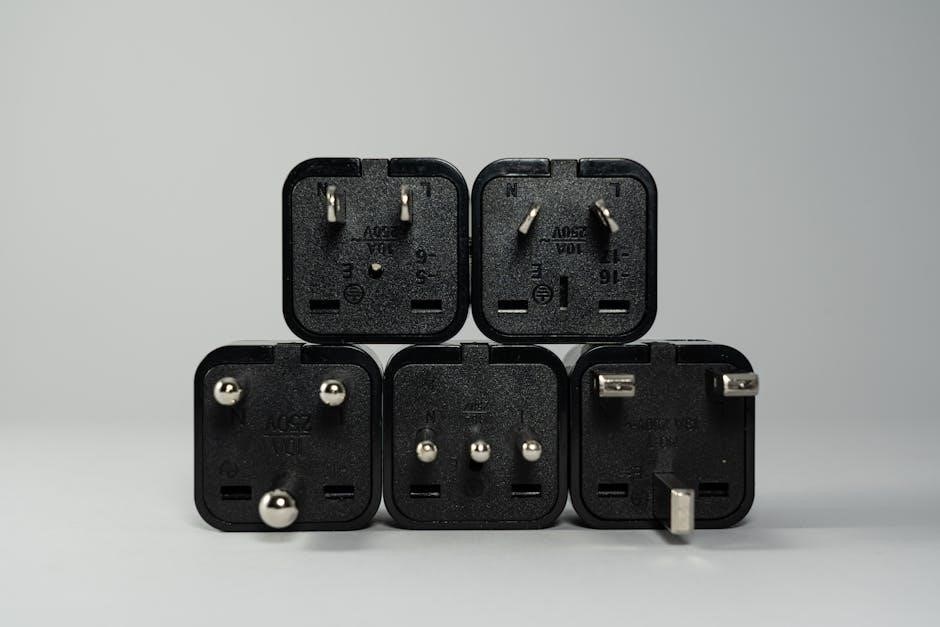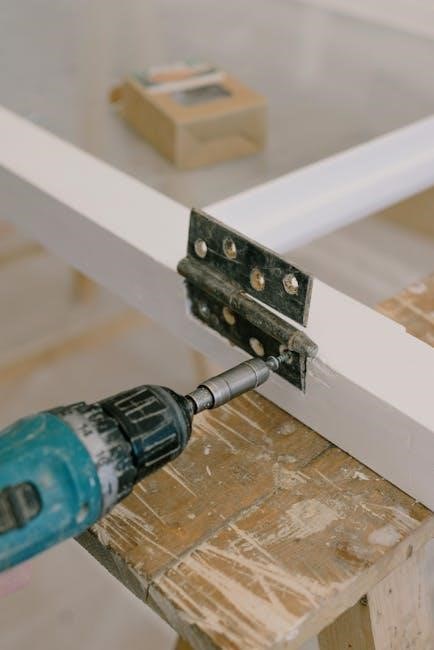Converting power windows to manual is a viable option for many car owners, using a conversion kit and some basic tools and knowledge always helps;
Background and Overview
The process of converting power windows to manual has gained popularity among car enthusiasts, with many opting for a more traditional and reliable approach. According to various online forums and reviews, this conversion can be a cost-effective solution for those experiencing power window failures. Many car owners have successfully made the switch, citing the benefits of increased control and reduced maintenance. The conversion kit, which typically includes a manual regulator and handle, can be installed with basic tools and knowledge. With the rise of DIY car repairs, the power window to manual conversion has become a viable option for many, offering a unique blend of nostalgia and practicality. The conversion process has been documented on various online platforms, providing a wealth of information for those looking to make the switch.

Feasibility and Considerations
Assessing vehicle compatibility is crucial for a successful power window to manual conversion process always requires careful consideration and planning beforehand online.
Assessing Vehicle Compatibility
When considering a power window to manual conversion, assessing vehicle compatibility is a crucial step in the process. This involves evaluating the vehicle’s make, model, and year to determine if a manual window regulator can be installed. The conversion process may vary depending on the vehicle’s specifications, and some vehicles may require additional modifications or components. It is essential to research and understand the vehicle’s compatibility before starting the conversion process. By doing so, car owners can ensure a successful and trouble-free conversion. The internet provides a wealth of information on vehicle compatibility, and consulting with a mechanic or automotive expert can also be beneficial in determining the feasibility of the conversion. Proper assessment is key to a successful conversion.

Conversion Process
Replacing power window regulators with manual ones requires careful planning and execution always.
Removing the Power Window Regulator
The process of removing the power window regulator involves disconnecting the electrical connections and removing the bolts that hold it in place. This requires careful attention to detail to avoid damaging the surrounding components. The regulator is typically held in place by several bolts, which must be removed before the regulator can be taken out. It is also necessary to disconnect the electrical connections to the motor and any other components. Once the regulator is removed, the area can be inspected for any damage or wear, and the new manual regulator can be installed. The removal process can be time-consuming, but it is a crucial step in the conversion process. Proper removal ensures a smooth installation of the manual regulator.

Manual Window Regulator Installation
Manual regulator installation requires careful planning and execution always using proper tools and techniques to ensure success and safety.
Installing the Manual Regulator
Installing the manual regulator is a crucial step in the conversion process, requiring attention to detail and proper technique to ensure a smooth operation. The regulator must be carefully aligned and secured to the door frame, and the window crank must be properly attached to the regulator. The installation process may vary depending on the make and model of the vehicle, so it is essential to consult the manufacturer’s instructions or a repair manual for specific guidance. Additionally, it is recommended to use proper tools and materials to avoid damaging the door or the regulator, and to ensure a safe and reliable operation of the manual windows.
Challenges and Lessons Learned
Common issues include wiring and regulator installation problems requiring patience and technical knowledge always.
Common Mistakes and Solutions
When converting power windows to manual, common mistakes include incorrect wiring and regulator installation.
To avoid these issues, it is essential to follow the instructions carefully and seek professional help if needed.
Many car owners have reported success with DIY conversions, but it requires patience and technical knowledge.
Some solutions to common problems include consulting online forums and repair manuals, as well as seeking advice from experienced mechanics.
By being aware of the potential pitfalls and taking steps to avoid them, car owners can ensure a successful conversion and enjoy the benefits of manual windows.
Proper planning and execution are key to a smooth and trouble-free conversion process, and can help to prevent costly mistakes and repairs.

Cost and Benefits
Conversion kits cost around 250 dollars, providing a cost-effective solution for car owners, with benefits including reduced maintenance and increased reliability always.
Evaluating the Cost-Effectiveness
Evaluating the cost-effectiveness of a power window to manual conversion involves considering the total cost of the conversion kit and installation, which can range from 250 to 352 dollars, depending on the vehicle and labor costs. The cost of the conversion kit is a significant factor, but it is also important to consider the long-term benefits, including reduced maintenance and repair costs, as well as the potential increase in the vehicle’s value. Additionally, the cost of the conversion can be offset by the savings on future repair costs, making it a cost-effective solution for many car owners, with a relatively simple installation process that can be completed with basic tools and knowledge. Overall, the cost-effectiveness of the conversion depends on various factors, including the vehicle and the owner’s needs and preferences.
and Recommendations
Converting power windows to manual is a viable option with proper planning and execution always necessary and helpful.
Final Thoughts and Advice
When considering a power window to manual conversion, it is essential to weigh the pros and cons, including cost and functionality. Many car owners have successfully made the switch, citing benefits such as reduced maintenance and increased reliability. However, others have encountered challenges, such as difficulty finding compatible parts and navigating complex wiring systems. To ensure a smooth conversion process, it is crucial to research and plan carefully, seeking advice from experts and experienced DIYers. Additionally, being prepared for potential setbacks and having a backup plan in place can help mitigate stress and ensure a successful outcome, with the end result being a reliable and efficient manual window system.
